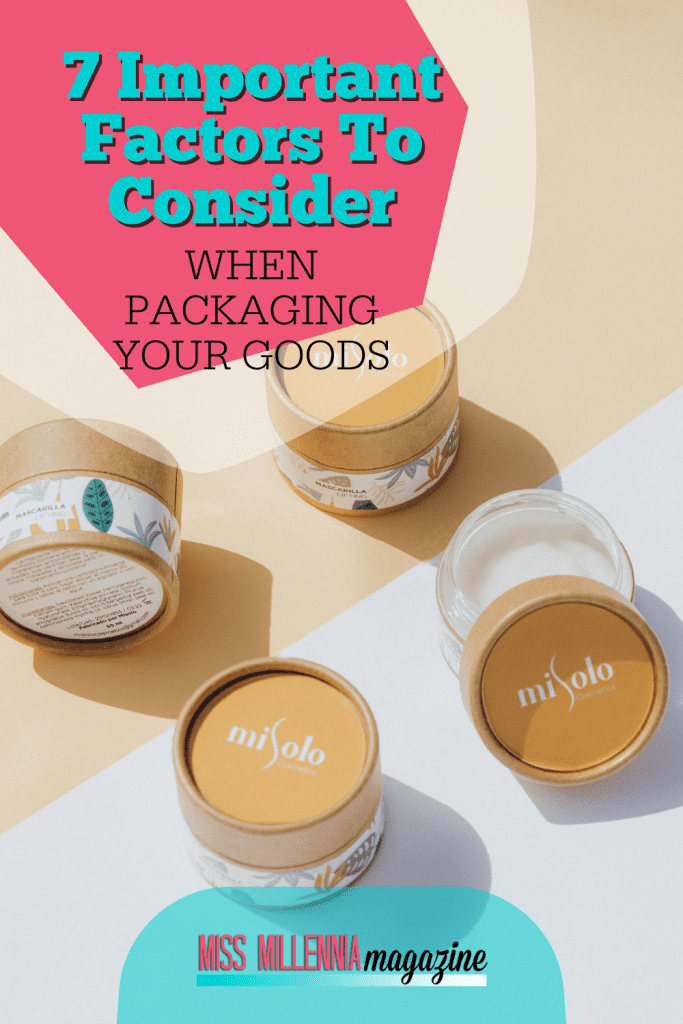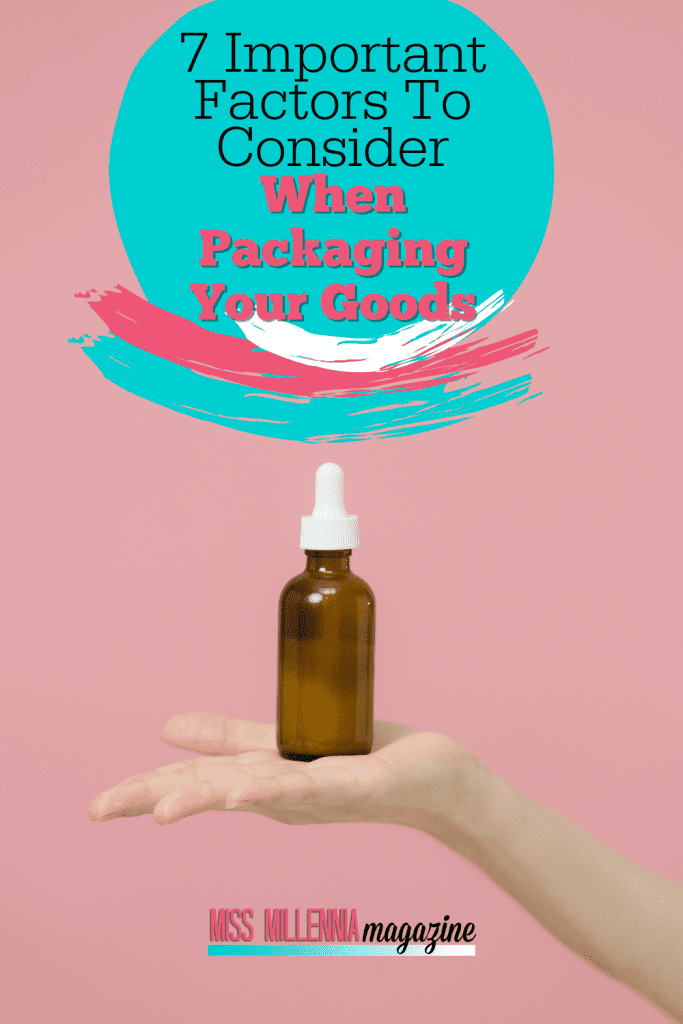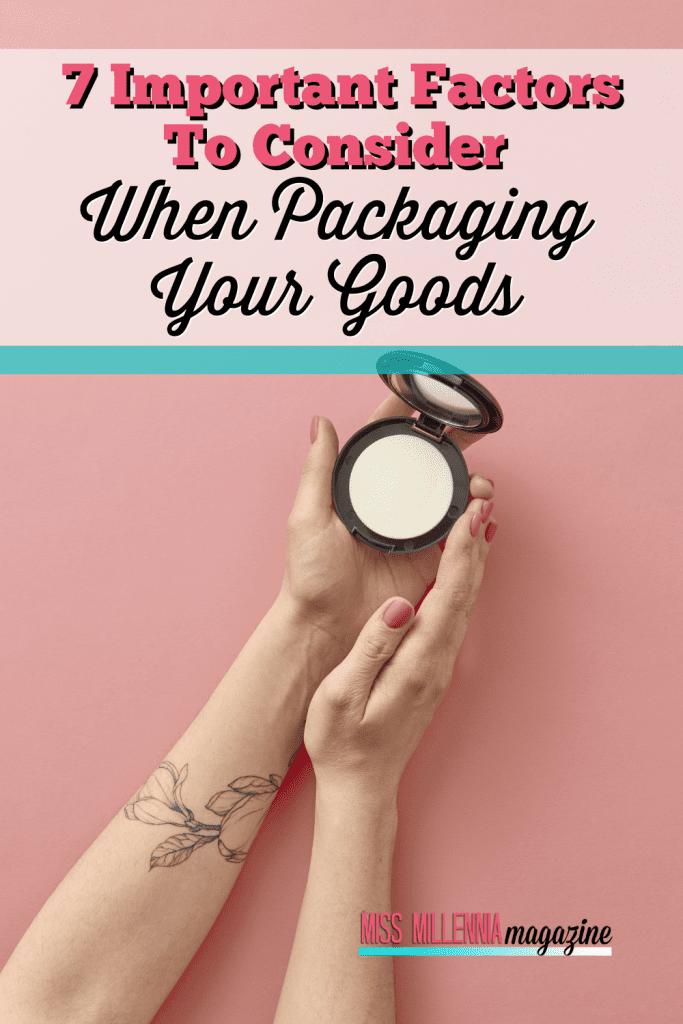7 Important Factors To Consider When Packaging Your Goods
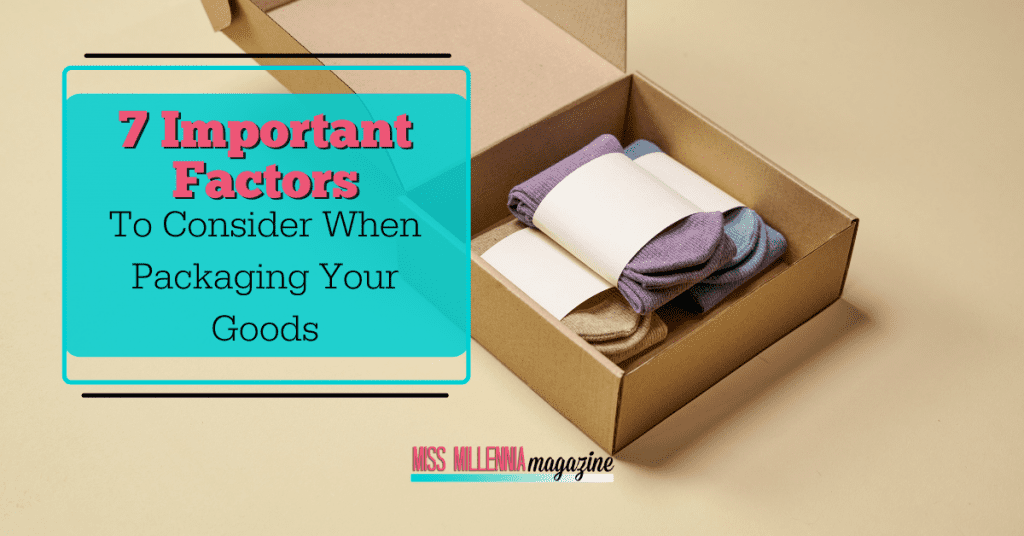
If you’re coming up with products to sell, then you might think that the product itself is the key to selling success. There’s no denying that it’s the most important thing, but it’s not the only thing that you have to think about. You need to consider how you’re going to package that product, as well.
The packaging does a lot of things, from safe transportation to marketing to maintaining the quality of your product. As such, here are some qualities you need to consider when you’re deciding what kind of packaging to get.
#1: Aesthetics
Of course, your packaging plays an important role in marketing your items and helping them sell. You want to make sure that they’re able to fly off store shelves. However, there’s a fine line between stylishness and helpfulness.
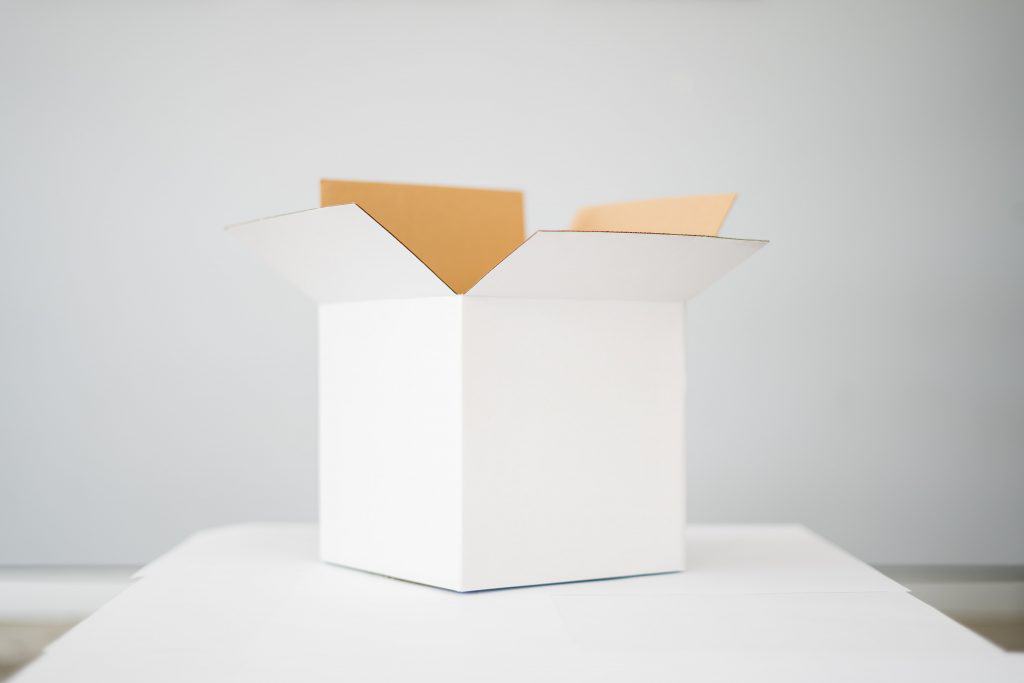
As well as catching the eye, you have to consider what the packaging communicates about the product itself. If the product isn’t visible at all, then the buyer is going to be relying on the packaging alone to tell what kind of product it is.
To make sure that you’re able to help your product fly off the shelves, you can work with store shelf testing services to see if consumers notice or gravitate towards your products.
#2: Type of Product
Of course, the product is the thing that matters the most when it comes to the packaging that you choose. You need to ask yourself how your packaging is going to affect the product itself.
There might be certain products that do not fit well within certain kinds of packaging. For instance, when it comes to drinks, PET bottles and aluminum cans are some of the only things that can reliably contain them.
Food items such as dog treat packaging need to make sure that they can prevent contamination and keep the treats inside as fresh as possible. There may be certain regulations as to how you need to package certain goods, as well, with food and medicine being the most restrictive.
#3: Environmental Impact
The sustainability question is one that every business is paying more consideration to, as of late. It’s becoming more of an important factor in consumer buying decisions, after all.
There is a growing portion of customers who are more likely to buy products that are better for the environment. To that end, you might want to look at your packaging suppliers and ask what renewable or recyclable packaging materials they can offer so you can reduce your waste or your carbon footprint.
For some products, keeping the product safe might supersede this desire so your options might be limited, but many things can be packaged in cardboard or recycled plastics, for instance.
#4: Customer Experience
Above we’ve looked at some of the practicalities when it comes to ensuring the quality and integrity of the product. However, it needs to be a practical choice for your consumers as well.

Aside from making sure that they can tell what it is at a glance, you have to think about how your customers interact with your packaging. First of all, it can’t make the product any more difficult to handle, pick up, or store, and should make it easier than anything.
The ease of opening the product is important as well. Some industries, such as medication, might have regulations on the kind of openings you can have. Aside from making the product easy to manage, you may need to consider child-safe options as well as tamper-proofing.
#5: Displaying Required Information
Your packaging has to communicate the product that’s inside it. This can be done visually with the right imagery, but there’s some information that you might be inclined or legally obligated to include.
This can include information on a nutrition facts label or safety instructions for certain kinds of products. It’s important to recognize that different countries will have different requirements.
So, you need to make sure that you’re aware of said requirements for any countries where you might have plans to sell your product. Other information you might want to include for the sake of helping your product sell, too.
#6: Transporting
Depending on how active you are in the supply chain side of things, you might need to consider how your products are going to be transported. There are options outside of the packaging, with packing materials like styrofoam peanuts and wrap that can protect your products.
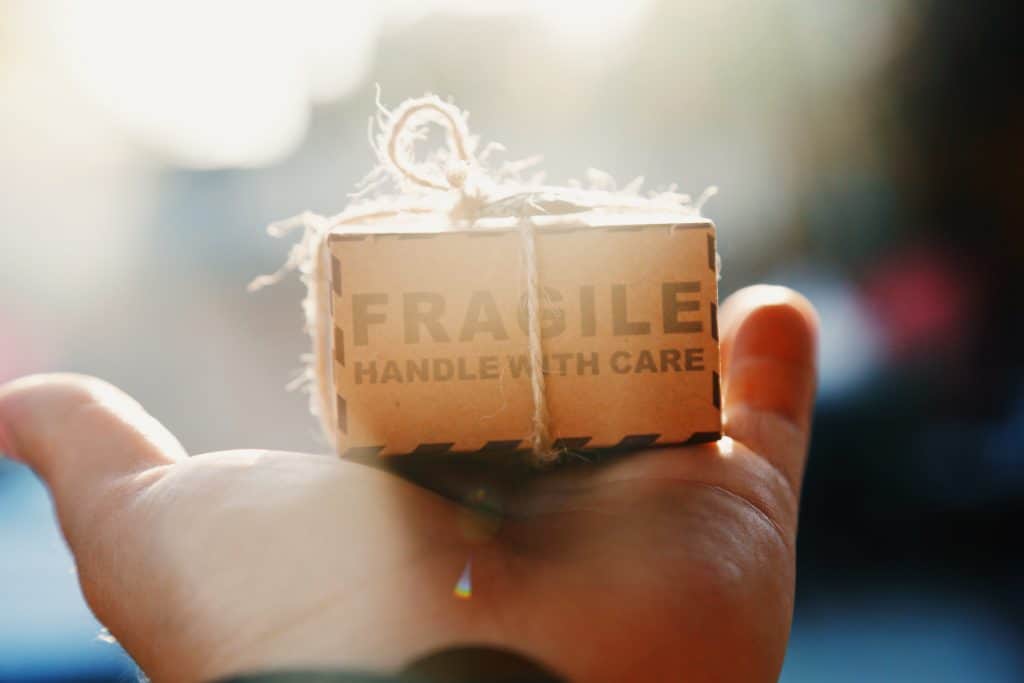
However, regardless of how you do it, you need to ensure that your products are going to be able to survive the trip from your own facility to the store shelves.
This might mean packaging that can fit together easily and offer little room to move around while in transit. Or, packaging that’s designed with materials that are a little more resilient so you don’t need to worry about any potential damage quite as much.
#7: Affordability
Of course, at the end of the day, product packaging is another cost. You need to make sure that what you envision is going to be able to fit into your budget.
Are there some aspects of your packaging that you are willing to sacrifice if it becomes too costly? What do you need to make sure that your packaging fulfills regardless of all else? Will your customers be willing to pay the little extra that you would have to charge as a result of having packaging that fulfills all of your needs?
It’s a good idea to come up with a spending limit for how much you’re going to pay for packaging, including not just the packaging itself, but what creative work might have to go into designing it.
The question of “what kind of packaging should I use” can be a little more complex than choosing the first thing that looks good. Take the time to make all of the considerations above before you make any decisions.
